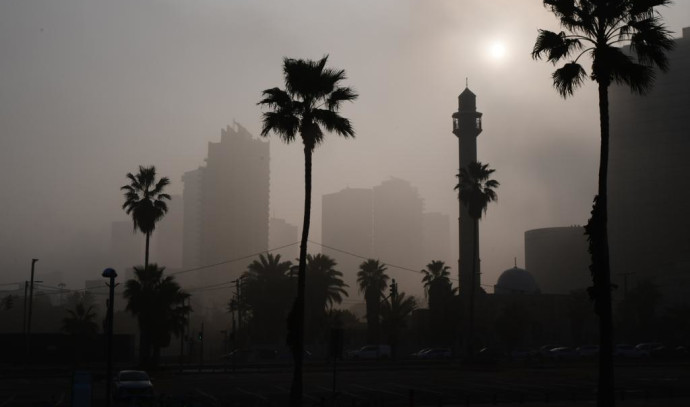A sequence of four days of fog in Gush Dan and Ben Gurion Airport was the previous time about 42 years ago, according to the director of the climate department at the Meteorological Service in Beit Dagan, Dr. Amos Porat. The previous rare sequence was in late January-early January 1979. However, Dr. Porat noted that there were several other cases of a sequence that lasted several days in winter that also included the lowlands and northern Negev, such as January 2000, January 1995, February 1969 and January 1966.
In November 2010, there was a sequence of seven nights and mornings of fog in the coastal plain, the lowlands and the northwestern Negev, with two nights of which Ben Gurion Airport was even closed to takeoffs and landings.
“In recent nights and mornings, mists have prevailed in the central and southern coastal plain and in the northwestern Negev. The sequence of nights and hazy mornings has reached four days and is not over yet. The event is unusual for the winter months,” Dr. Porat said in a special review. Tiny drops of water near the ground, causing severe visual impairment (by the accepted definition less than one mile).
“It is actually a cloud lying on the ground. There are different types of mists caused by different reasons. Radiation fog, for example, is a fairly common type of fog in our area and is formed as a result of the ground cooling at night and early morning,” he explained. Atmospheric stability (bright and quiet nights) with a lot of humidity, as is happening in our area now.Sometimes there is a convection of radiation mist created in one area to another area.
He noted that the sequence anomalies of the fog days could be determined upon completion. “At this point it can already be said that this is an unusual event in its current timing – the winter months. Critical fog occurs under stable atmospheric conditions that tend to be static and last for several days. However, they usually occur in the spring and early summer (March to June),” he added. “Usually the fog is more common in inland and open areas that tend to cool more than their surroundings (the lowlands and the northwestern Negev) and its arrival in the Gush Dan and Ben Gurion Airport areas is less common. In this area, such a sequence is obtained (in all months of the year) once or twice a decade. ”
He further explained that in the winter months a sequence of foggy days is unusual, because in winter the atmospheric conditions are less suitable – in systems of rain the atmosphere is unstable and in situations where it does not rain there are usually easterly currents and dryness prevails. A condition in which atmospheric stability with low altitude humidity is not common in winter and so is the phenomenon of fog.
